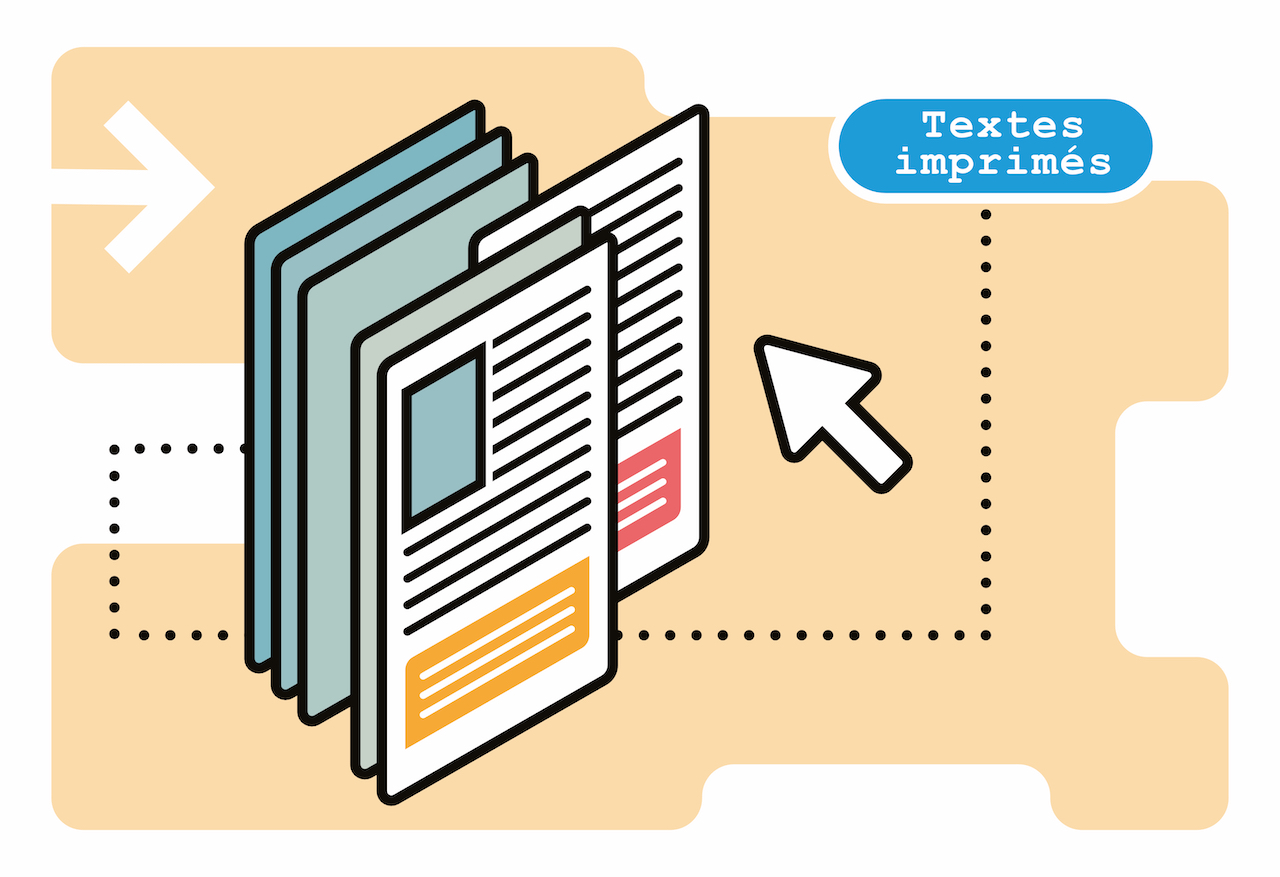Fiche du document
2016
- doi: 10.7202/1038069ar
Ce document est lié à :
RACAR : Revue d'art canadienne ; vol. 41 no. 2 (2016)
Tous droits réservés © UAAC-AAUC (University Art Association of Canada | Association d'art des universités du Canada), 2016
Sujets proches
Pictorial representations Iconography Ilustraciones, imágenes, etc. Images Documents iconographiquesCiter ce document
Maxime Coulombe, « La menace des oiseaux : l’iconicité et la ressemblance des images à l’ère du relativisme », RACAR: Revue d'art canadienne / RACAR: Canadian Art Review, ID : 10.7202/1038069ar
Métriques
Partage / Export
Résumé
One of the critical tests for the analogical status of images has been animal perception. If animals are fooled by images, then images — and many works of art — not only are symbolic objects, but also keep an iconic relation to the perceived world. This hypothesis has now been proven by forty years of research in neurobiology and cognitive science. Nevertheless, numerous philosophers and art historian keep defending the purely symbolic and conventional status of images. This paper seeks to understand why. What motivates this refusal, not only of recent scientific research, but of common sense ? What is threatening about the iconic status of images ? I analyze the way in which both W.J.T. Mitchell and Danièle Cohn argue against Pliny’s telling of the mythical competition between Parrhasius and Zeuxis, whose painting of grapes fooled birds. This fictional anecdote becomes a real and practical test for the anti-analogical perspective.
